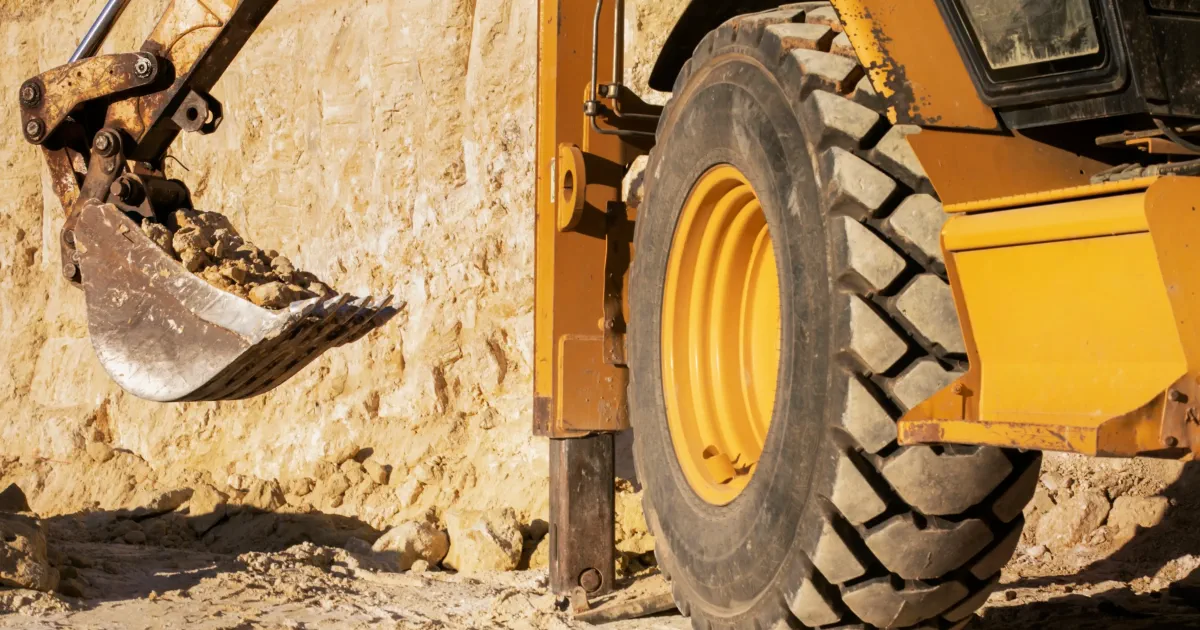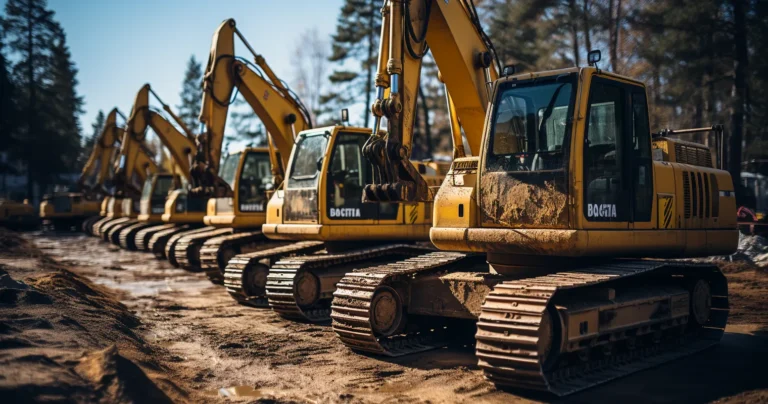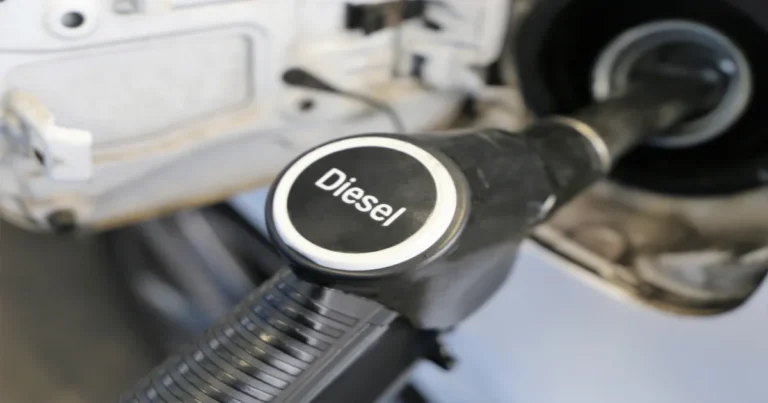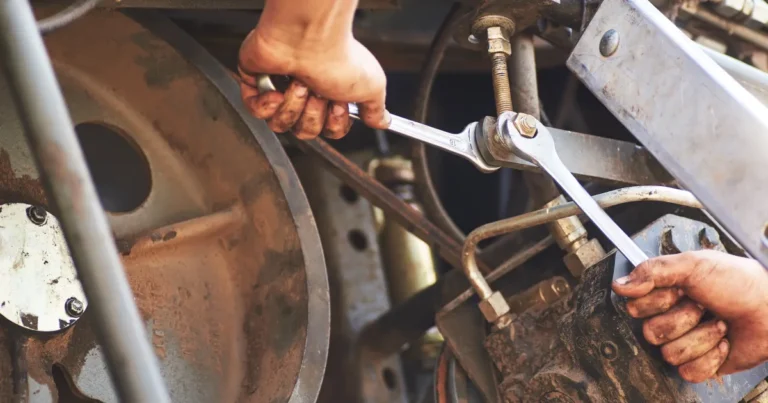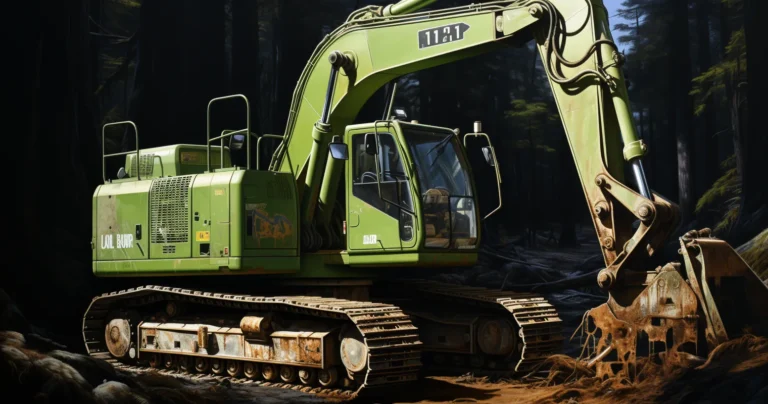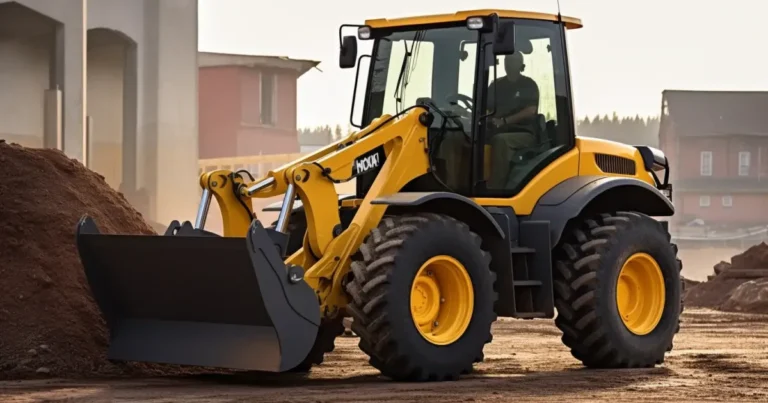The choice between wheels and caterpillar tracks (also known as tracks or crawlers) for construction machines depends on the specific application and the working conditions in which the machine will operate. Each option offers distinct advantages and disadvantages, making them suitable for different types of construction projects. Let’s explore the benefits of both wheels and caterpillar tracks for construction machines:
Wheels:
Mobility: Wheeled construction machines are highly mobile and agile, making them ideal for projects that require frequent movement or transportation between job sites. They can travel at higher speeds on roads, allowing for quicker and more efficient relocation.
Maneuverability: Wheels provide excellent maneuverability, enabling the machine to turn in tight spaces and navigate around obstacles with ease. This is advantageous for construction projects in congested urban areas or areas with limited space.
Versatility: Wheeled machines can operate on various surfaces, including concrete, asphalt, and gravel. They are well-suited for applications that involve frequent transitions between on-road and off-road conditions.
Lower Ground Pressure: In comparison to caterpillar tracks, wheeled machines exert lower ground pressure. This makes them suitable for projects on relatively softer surfaces where minimizing ground disturbance is essential.
Caterpillar Tracks:
Stability: Caterpillar tracks offer superior stability, especially on rough and uneven terrain. They distribute the machine’s weight over a larger surface area, reducing the risk of tipping and providing better stability during heavy lifting or digging tasks.
Traction: Tracks provide exceptional traction, allowing construction machines to operate effectively on muddy, sandy, or slippery surfaces. They can navigate challenging terrains with greater ease, making them ideal for projects in remote or rugged environments.
Low Ground Pressure: While wheeled machines have a lower ground pressure compared to tracks on harder surfaces, caterpillar tracks excel on softer and delicate terrains. They distribute the machine’s weight more evenly, reducing the risk of sinking in muddy or marshy areas.
Reduced Surface Damage: Tracks cause less damage to surfaces like lawns, fields, and sensitive landscapes compared to wheels, making them a preferred choice for projects where minimizing surface impact is crucial.
Ultimately, the choice between wheels and caterpillar tracks depends on the specific construction project’s requirements, terrain conditions, and the intended use of the machine. For urban construction sites with paved surfaces and frequent relocation needs, wheeled machines may be more suitable. In contrast, for heavy-duty applications in rugged terrains and remote areas, caterpillar tracks provide the necessary stability and traction.

